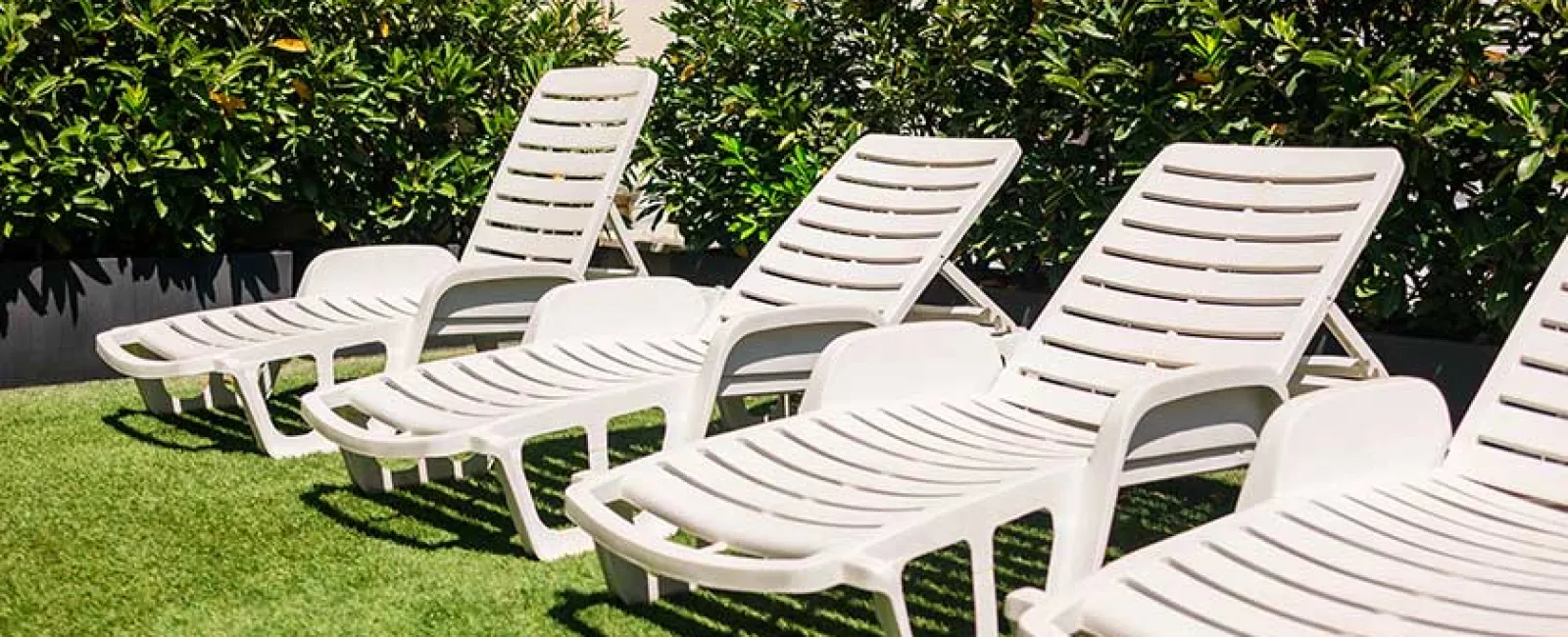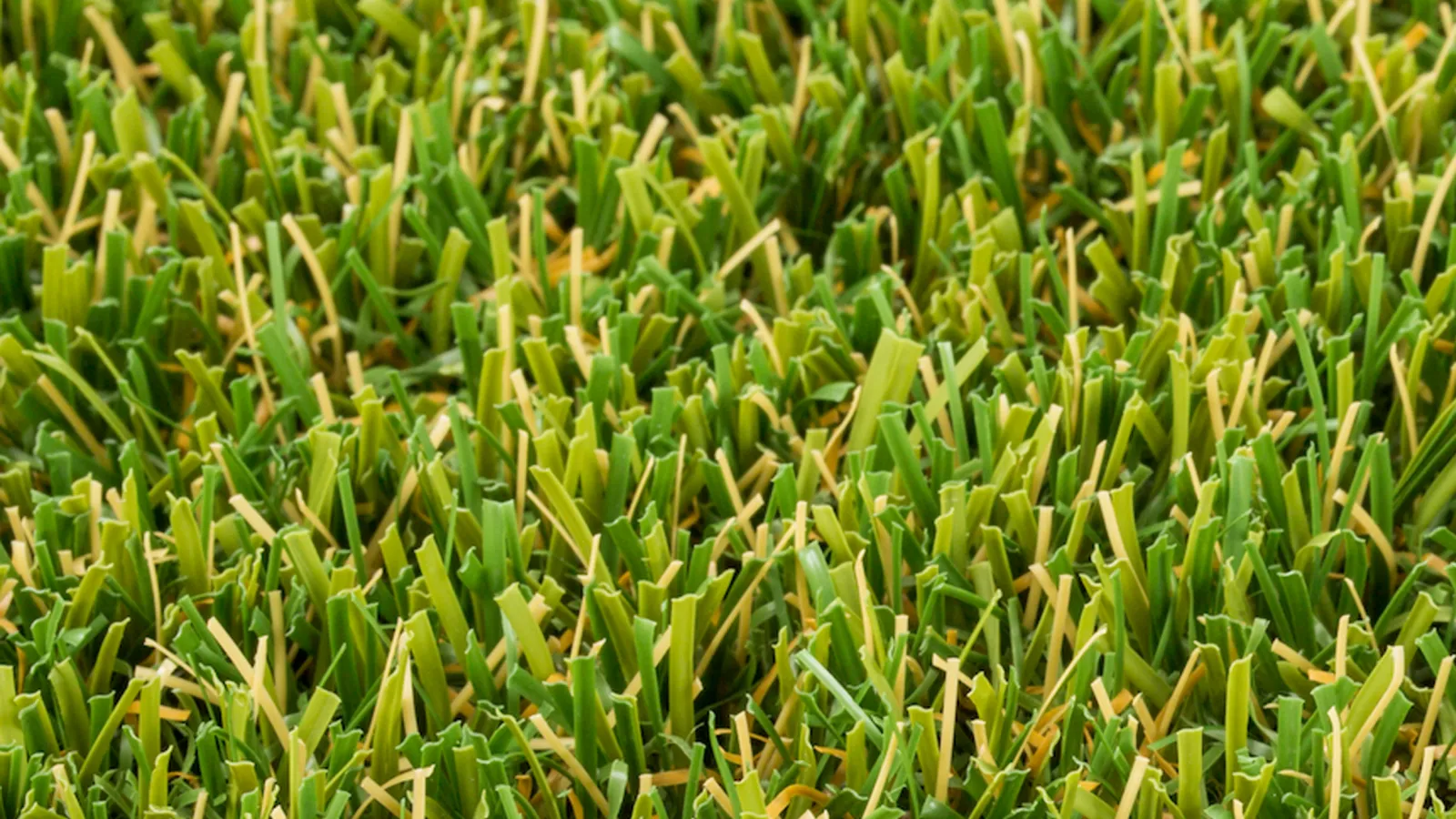A rooftop has the potential to be much more than just a protective layer above your building. With the right surface, it can become a lively place where people gather, relax, and enjoy the outdoors. Choosing the right artificial grass for rooftops requires an understanding of how it will perform in your unique space, and we guide every client through the process with care and precision.
Understanding Drainage Needs
Proper drainage is the foundation of a successful rooftop turf system. Water must flow away freely to prevent pooling or damage to the surface below. We recommend turf with a permeable backing that allows rainwater to pass through easily. Beneath that, drainage tiles help direct the water toward rooftop drains, keeping the surface dry and usable.
When evaluating turf options, we test samples to see how quickly water drains. Any delay signals that the system needs improvement before installation begins. Good drainage not only protects the turf but also safeguards your rooftop structure.
Balancing Weight and Load Capacity
Rooftops have maximum weight limits that must be respected. Turf systems include the artificial grass, infill, padding, and drainage layers, all contributing to the total load. Choosing lightweight materials suitable for rooftop applications prevents unnecessary strain on the building.
Proper planning guarantees that the green space remains safe, functional, and visually appealing, even over long-term use. Load assessment is essential for both older structures and newly built rooftops.
Selecting the Right Fiber Type
Turf fibers determine the look, feel, and resilience of the rooftop surface. Fibers that remain soft underfoot while resisting wear are ideal for rooftops. Curled or textured blades hide footprints and bounce back easily. Color choices also impact aesthetics, with blended greens and subtle brown thatch creating a natural appearance.
Testing turf under sunlight and foot traffic confirms durability and comfort. This guarantees that the rooftop retains its attractive, functional qualities over time.
Considering Face Weight and Pile Height
Face weight indicates the density of fiber per square yard, and pile height measures blade length. For rooftop applications, medium face weight and pile height create a soft, comfortable surface without adding excessive weight.
This balance supports usability while maintaining the visual appeal of the rooftop green space. Proper selection prevents unnecessary load stress while keeping the turf practical for high-traffic or leisure areas.
Evaluating Backing Strength
The backing secures the fibers and contributes to longevity. Rooftop installations require strong, multi-layered backing with UV resistance and flexibility. Testing tensile strength and stretch resistance confirms that the turf will withstand temperature changes, foot traffic, and exposure to weather conditions.
A durable backing keeps artificial grass for rooftops intact for years without warping, tearing, or delaminating, maintaining both performance and appearance.
Planning Edge Security
Rooftops face wind, rain, and heavy foot traffic, making secure edges essential. Proper edge attachment prevents turf from lifting, curling, or shifting over time. Anchoring systems are tailored to each rooftop's perimeter conditions, keeping the installation clean and seamless.
Reinforced edges protect the waterproof membrane and maintain the visual and structural integrity of artificial grass for rooftops, extending the life of the surface.
Choosing the Right Infill
Infill supports blade structure, adds cushioning, and contributes to durability. Lightweight infill materials work best for rooftops, remaining stable under wind or rain. Rounded sand or coated granules improve drainage while maintaining comfort. Correct infill selection provides structure and resilience without adding unnecessary weight, complementing the safety and functionality of the rooftop space.
Testing UV Resistance and Color Longevity
Constant sun exposure can fade colors or weaken fibers. UV-stabilized turf maintains its tone and structure for years. Testing samples under artificial UV light confirms resistance to fading and fiber breakdown.
High-quality materials preserve the lush green look. This allows artificial grass for rooftops to remain vibrant and visually appealing through changing weather conditions and seasonal exposure.
Maintenance and Accessibility
Routine maintenance keeps rooftop turf clean and attractive. Light brushing and debris removal preserve fiber shape and prevent buildup. Planning access to drains, seams, and corners makes cleaning easier and more thorough. Regular care prevents debris from accumulating in hidden areas, which can cause odors or wear.
Proper upkeep extends the lifespan of artificial grass for rooftops. It maintains a hygienic, safe surface for daily use and reduces the need for costly repairs or replacements over time.
Choosing a Reliable Installer
Even the best turf product can fail if not installed correctly. Rooftop installations demand experience, attention to detail, and knowledge of structural conditions. Our team at Turf Tek USA brings years of experience from both landscaping and construction backgrounds.
We understand how to adapt installations to different surfaces, slopes, and rooftop materials. Every project we complete reflects our commitment to quality, accuracy, and efficiency. Commercial and residential clients trust us because we handle each step, from design to completion, with skill and professionalism.
Considering Safety and Compliance
Before starting any rooftop installation, we confirm compliance with local codes and building standards. Fire safety is a major factor, so we use turf materials with appropriate fire ratings.
We also coordinate with building engineers to maintain roof access points and safety rails. This attention to detail gives peace of mind that the rooftop space is safe, functional, and aligned with all regulations. Every decision supports both safety and design goals.
Post-Installation Care and Review
Once the rooftop installation is complete, our work continues with post-installation checks. We inspect seams, edges, and drainage after the first few rainfalls. We also revisit the site during different seasons to see how the turf responds to weather and sunlight. This follow-up process helps confirm long-term performance and client satisfaction. If adjustments are needed, we handle them promptly so the rooftop remains in top condition.
Choosing the right artificial grass for rooftops means thinking beyond appearance. It involves drainage design, load management, fiber durability, and safety. We guide each client through these decisions to make sure every rooftop project looks great and performs reliably.
To learn more about creating your own rooftop space with artificial turf or to start your project today, please contact us.


